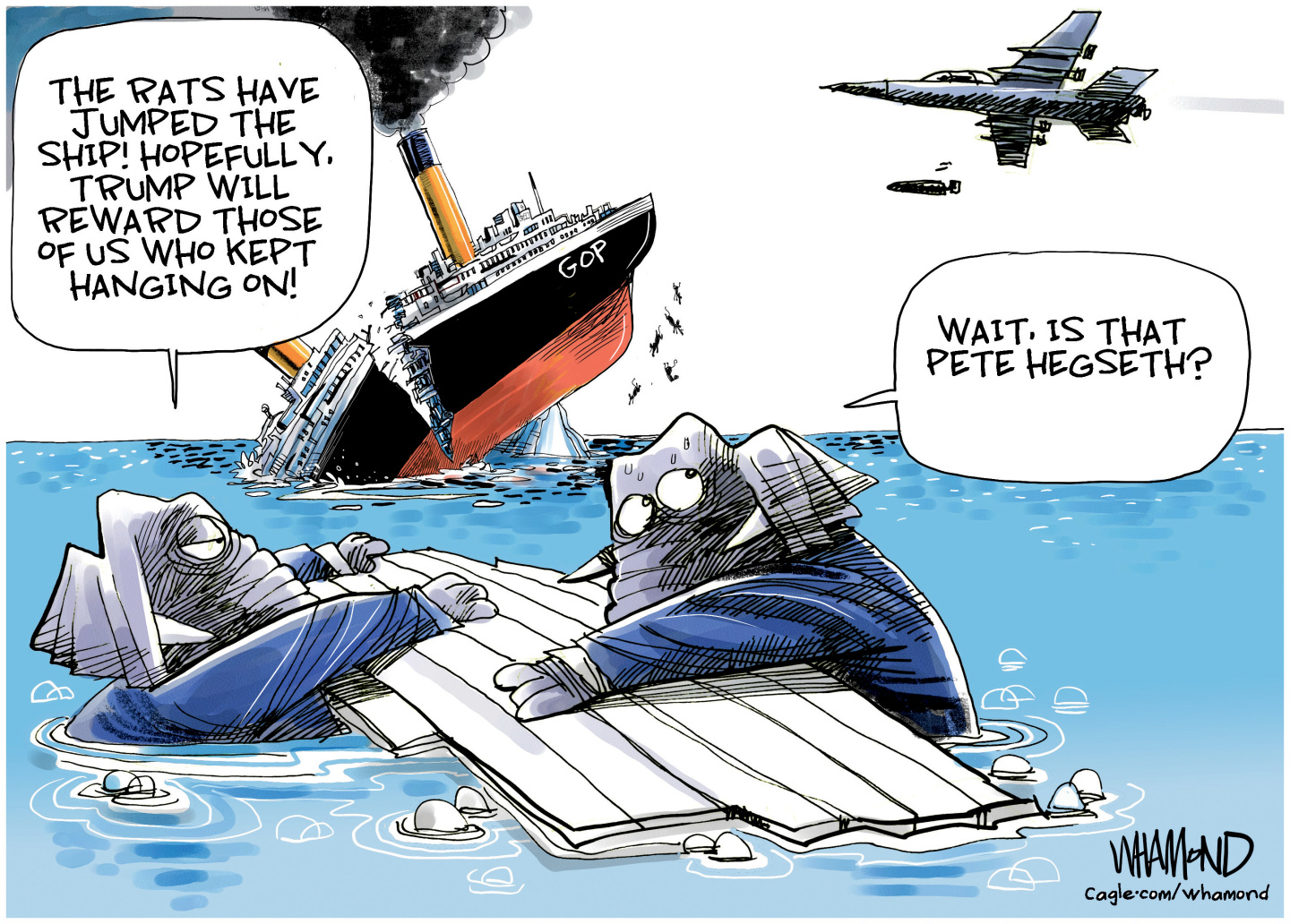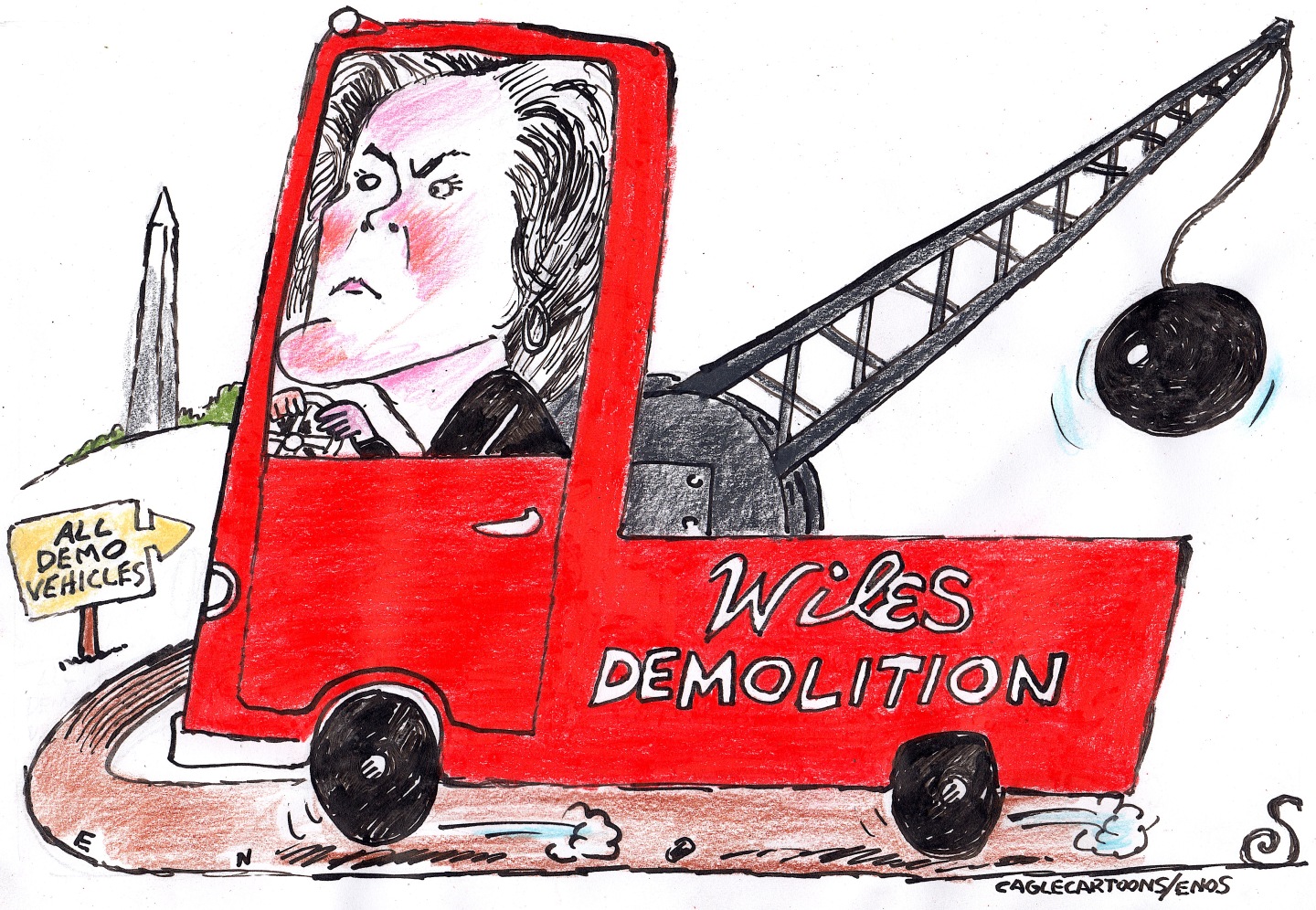The Unphotographable
Cameras don’t just capture truth; they create it.
Fraenkel Gallery, San Francisco
Through March 23
Cameras don’t just capture truth; they create it, said Richard Conway in Time.com. This has always been true, but the great Alfred Stieglitz opened up new possibilities when he pointed his camera at the clouds overhead for his 1925–31 series “Equivalents,” saying he wanted to create photographs that felt like music. It thus seems right that one image from that groundbreaking exercise in abstraction serves as a centerpiece of this show about photography that aims to capture or represent something beyond what’s plainly visible. Such a broad theme means that the exhibit contains “quirky bedfellows,” with Victorian ephemera and the Loch Ness Monster appearing alongside works by Diane Arbus and Man Ray. But it “certainly provides a fascinating potted history of the creative use of the camera.”
The Week
Escape your echo chamber. Get the facts behind the news, plus analysis from multiple perspectives.

Sign up for The Week's Free Newsletters
From our morning news briefing to a weekly Good News Newsletter, get the best of The Week delivered directly to your inbox.
From our morning news briefing to a weekly Good News Newsletter, get the best of The Week delivered directly to your inbox.
So many items here “turn out to affirm not photography’s limits, but those of our credulity,” said Kenneth Baker in the San Francisco Chronicle. Nineteenth-century spiritualists hoped that photography might prove the existence of supernatural forces. To them, works like the unattributed Portrait of a Welsh Boy Made by a Spirit (1895) validated their beliefs. Generations later, Tom Friedman would create “a comical rejoinder to the spirit photographs” in 2006’s Caveman, in which a burst of ethereal light—the camera flash—beatifies the face of a prehistoric man. By contrast, Malcolm Browne’s 1963 sequence Self-Immolation of Buddhist Monk Thich Quang Duc is light-years away from fantasy. The series, which shows a protesting Vietnamese monk disappearing in a swirl of flames, depicts an agony that’s “beyond description.” In a show that often challenges our faith in the veracity that photographers claim for themselves, it’s one work that we wish were a fake.
A free daily email with the biggest news stories of the day – and the best features from TheWeek.com
-
 Political cartoons for December 20
Political cartoons for December 20Cartoons Saturday’s political cartoons include drowning rats, the ACA, and more
-
 5 fairly vain cartoons about Vanity Fair’s interviews with Susie Wiles
5 fairly vain cartoons about Vanity Fair’s interviews with Susie WilesCartoon Artists take on demolition derby, alcoholic personality, and more
-
 Joanna Trollope: novelist who had a No. 1 bestseller with The Rector’s Wife
Joanna Trollope: novelist who had a No. 1 bestseller with The Rector’s WifeIn the Spotlight Trollope found fame with intelligent novels about the dramas and dilemmas of modern women